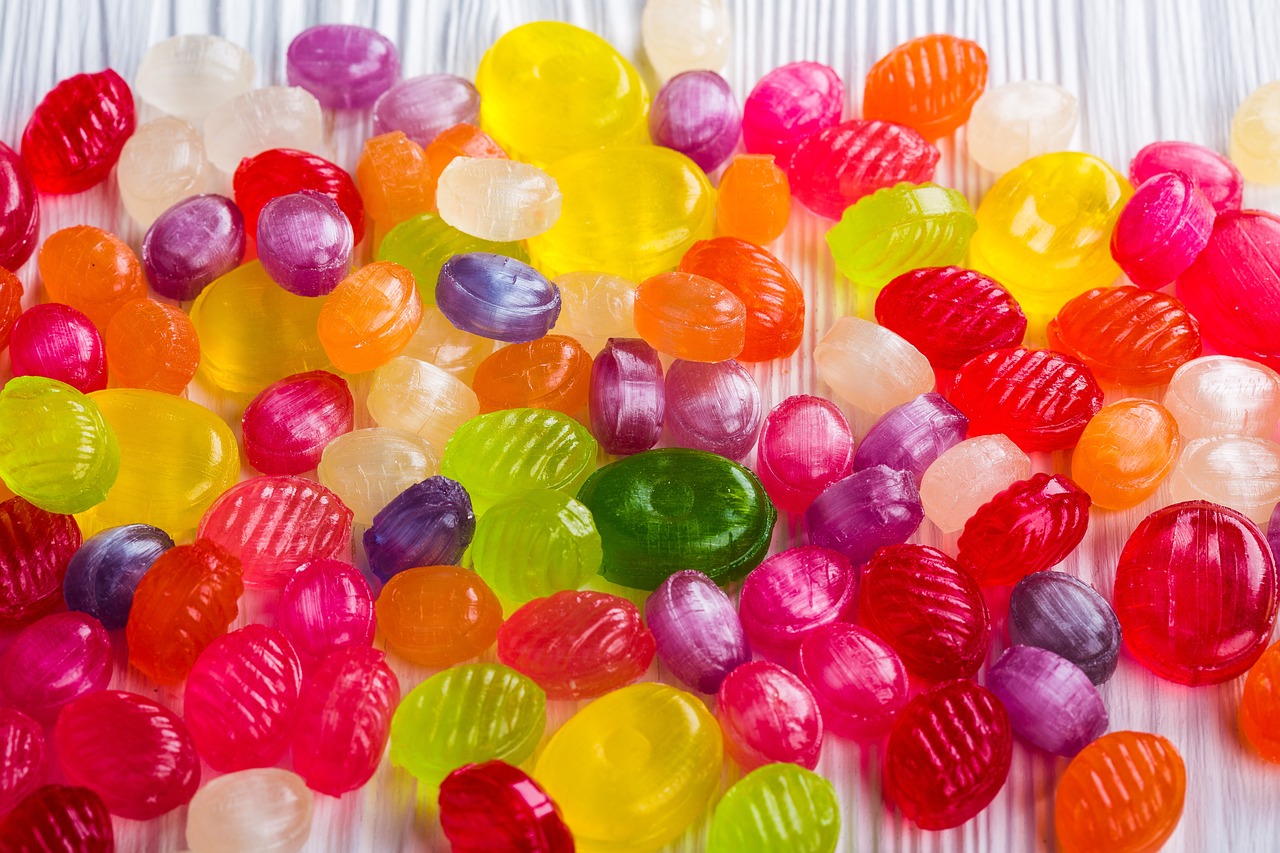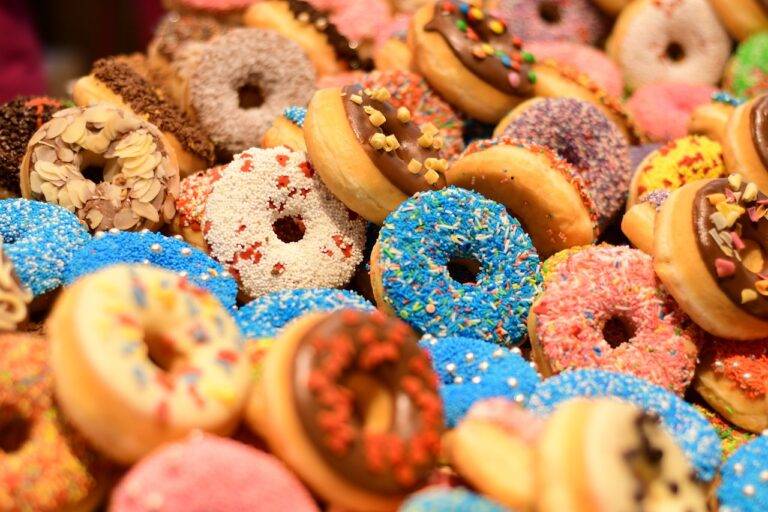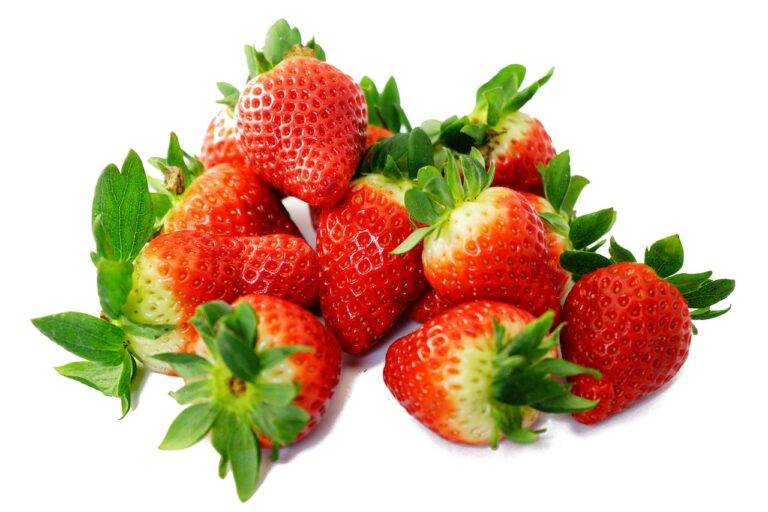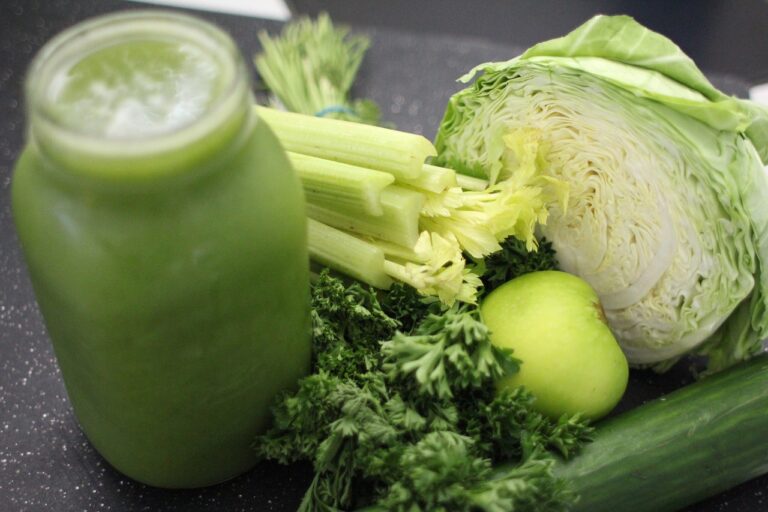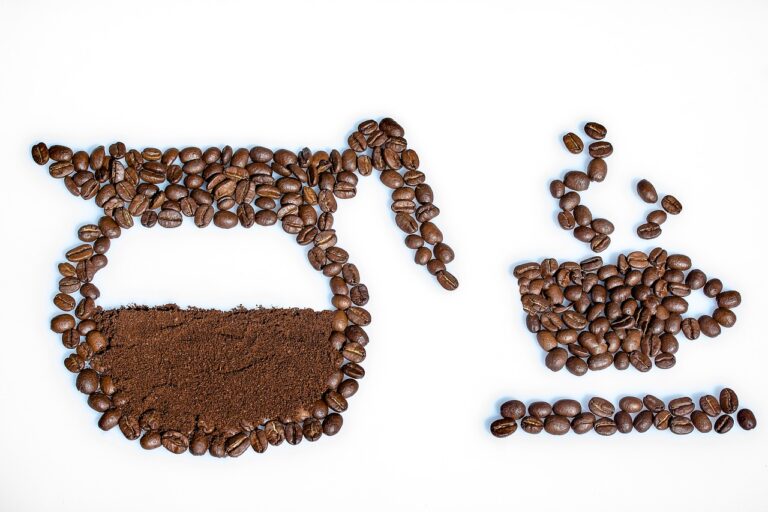The Future of Food Preservation: Vacuum Sealing and Controlled Atmosphere Storage
Vacuum sealing is a highly effective method for preserving food due to its ability to remove air from the packaging. By eliminating oxygen, the growth of mold, bacteria, and yeast is significantly slowed down, extending the shelf life of the food. This process also helps in preventing oxidation of food, which can cause discoloration and loss of nutrients.
Furthermore, vacuum sealing helps in maintaining the original taste, texture, and freshness of the food. It prevents freezer burn by protecting food from exposure to cold air and moisture, thus ensuring that the quality of the food remains intact even after extended periods of storage. This method is particularly useful for storing meats, fruits, vegetables, and other perishable items, making it a cost-effective solution for reducing food wastage while ensuring food safety.
Advantages of Controlled Atmosphere Storage in Food Preservation
Controlled atmosphere storage offers a myriad of benefits when it comes to preserving food. By regulating the levels of oxygen, carbon dioxide, and nitrogen in the storage environment, this method helps to slow down the natural deterioration of fresh produce. By reducing oxygen levels and increasing carbon dioxide, the growth of mold, bacteria, and other pathogens is inhibited, leading to longer shelf life for fruits, vegetables, and even certain meats.
Another advantage of controlled atmosphere storage is its ability to maintain the quality and freshness of food products over an extended period. With the right balance of gases in the storage atmosphere, fruits and vegetables can retain their natural flavors, textures, and nutritional value for far longer than traditional storage methods allow. This not only reduces food waste but also ensures that consumers can enjoy high-quality seasonal produce year-round.
By regulating oxygen, carbon dioxide, and nitrogen levels, controlled atmosphere storage slows down natural deterioration of fresh produce
Inhibits growth of mold, bacteria, and pathogens by reducing oxygen levels and increasing carbon dioxide
Leads to longer shelf life for fruits, vegetables, and certain meats
Maintains quality and freshness of food products over an extended period
Helps fruits and vegetables retain natural flavors, textures, and nutritional value
Reduces food waste and allows consumers to enjoy high-quality seasonal produce year-round
Innovations in Vacuum Sealing Technology
Recent advancements in vacuum sealing technology have revolutionized the way we preserve food. One of the key innovations is the introduction of smart vacuum sealers that offer precise control over the sealing process. These devices come equipped with sensors and automated programs that adjust the level of vacuum and sealing time according to the type of food being preserved, ensuring optimal results every time.
Moreover, manufacturers have been focusing on enhancing the durability and usability of vacuum sealing machines. New materials and designs have improved the longevity of these devices, making them more reliable for long-term usage. Additionally, user-friendly features such as touch screen interfaces and customizable settings have made vacuum sealers more accessible to a wider range of consumers, further popularizing this efficient method of food preservation.
What are the benefits of vacuum sealing for food preservation?
Vacuum sealing helps to extend the shelf life of food by removing oxygen, preventing the growth of bacteria and mold. It also helps to maintain the freshness and flavor of the food.
What are the advantages of controlled atmosphere storage in food preservation?
Controlled atmosphere storage involves adjusting the levels of oxygen, carbon dioxide, and nitrogen to slow down the ripening process of fruits and vegetables. This method helps to preserve the quality and nutrients of the food for a longer period.
What are some innovations in vacuum sealing technology?
Some innovations in vacuum sealing technology include the use of smart sensors to monitor the sealing process, improved vacuum pumps for faster and more efficient sealing, and the development of biodegradable vacuum seal bags to reduce waste.

